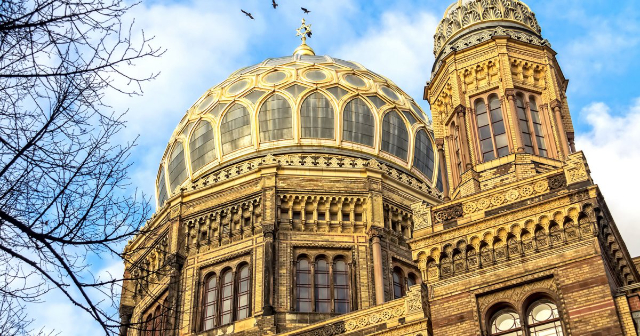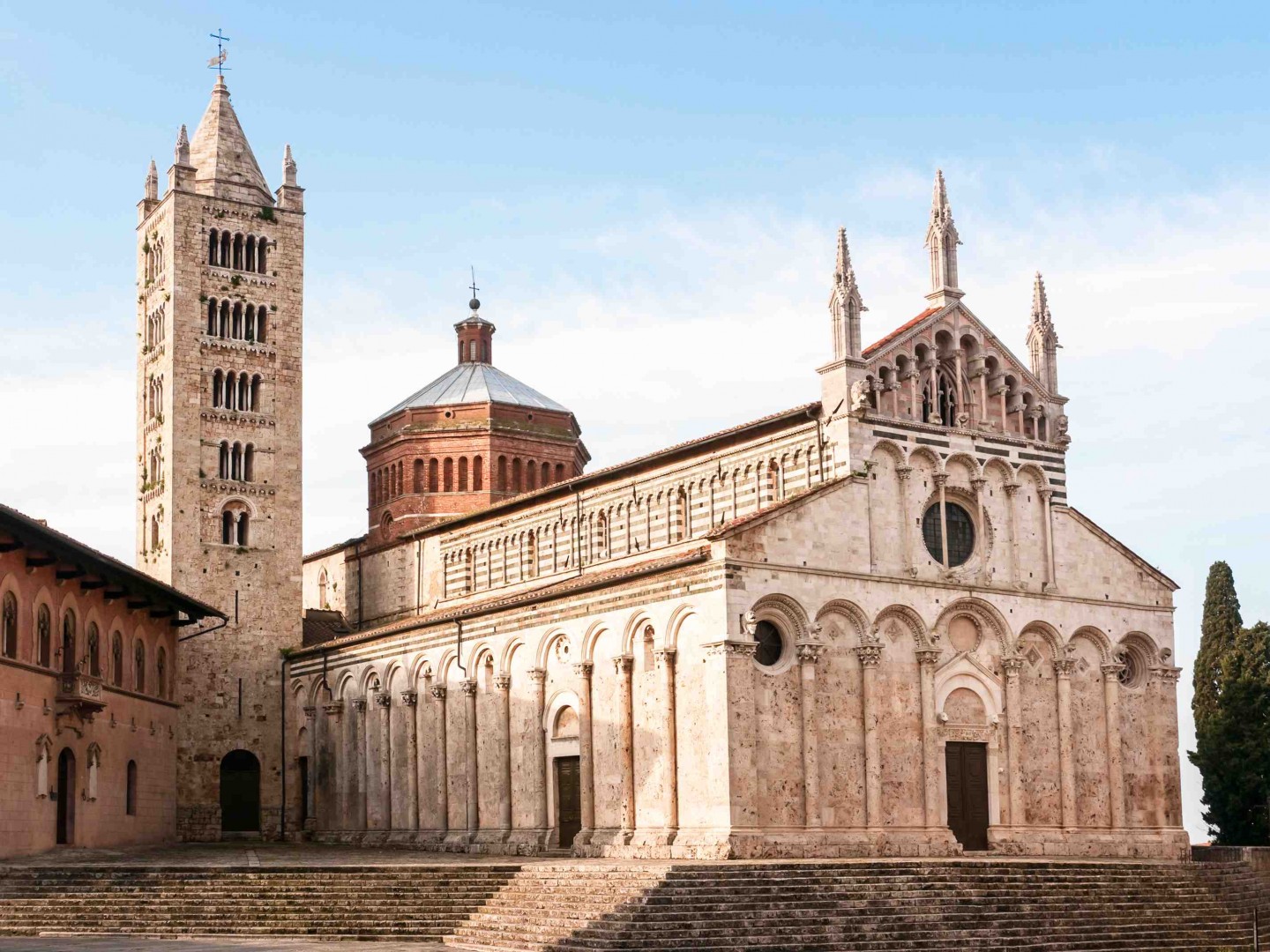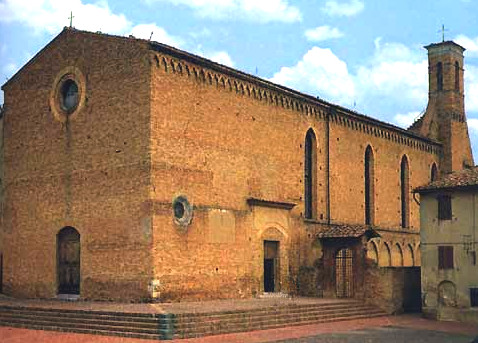The New Synagogue in Berlin is a Moorish-style building that was built from 1859 to 1866. It was designed by Eduard Knoblauch, though he did not live to see it finished. The synagogue was built with a highly visible large dome and had refined steel construction of the galleries and roof. It could seat 3,200 people, and it was the largest Jewish place of worship in Germany. By 1933 it was the center of the Jewish community for the 160,000 Jewish citizens of Berlin. Unfortunately, it suffered great damage during the bombings of World War II. After extensive repairs and renovations, the New Synagogue reopened in May 1995. Today the Centrum Judaicum foundation is housed here. It is an institution for the preservation of Jewish memory and tradition and includes a museum. Exhibits trace the history of the synagogue, and guided tours show visitors the open space behind the restored facade, which was once the main synagogue room.













